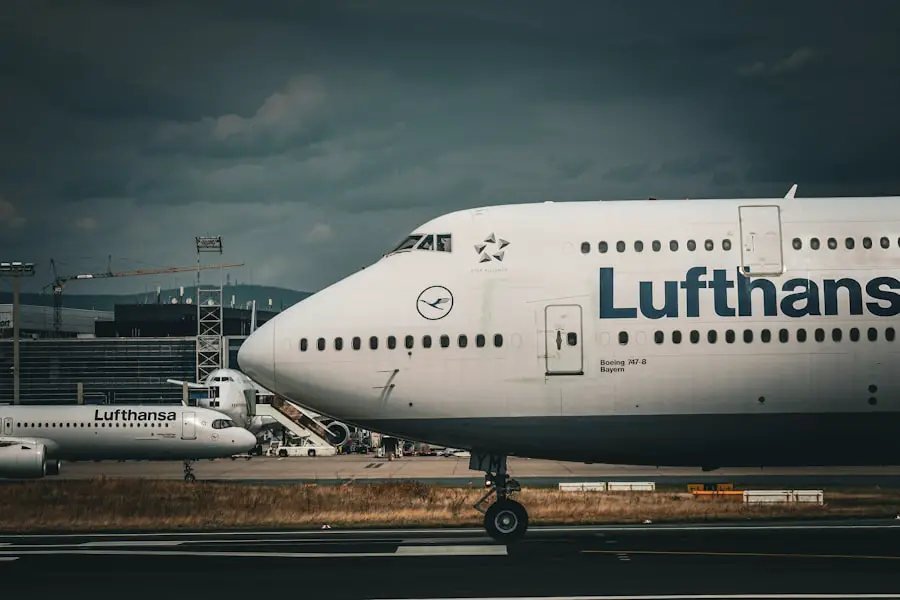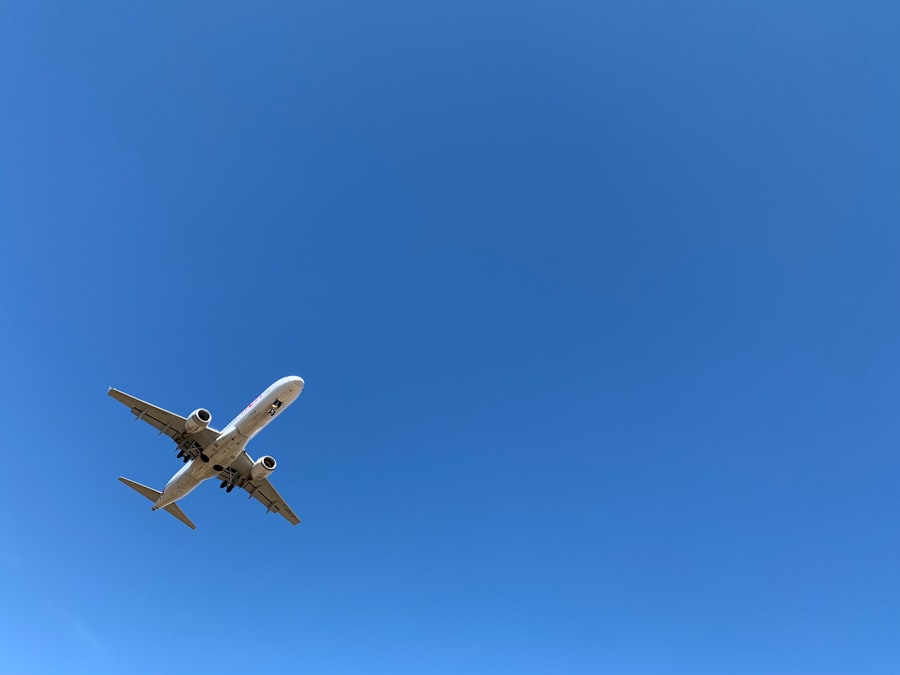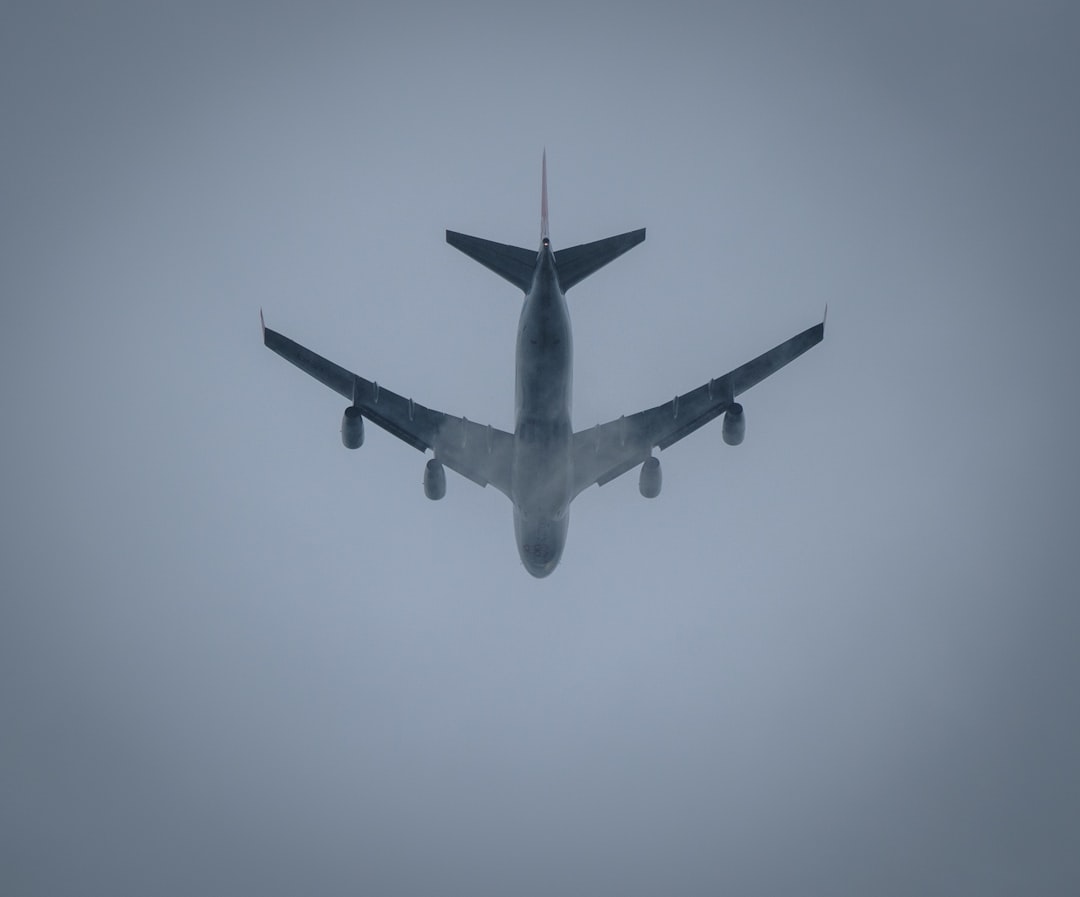In the competitive landscape of air travel, discerning which airlines stand out requires a comprehensive understanding of various criteria that contribute to their overall performance. The ranking of airlines is not merely a reflection of their market presence but is deeply rooted in several key factors that influence passenger experience and operational efficiency. These criteria encompass safety records, customer service, punctuality, fleet management, cabin comfort, and pricing strategies.
Each of these elements plays a pivotal role in shaping the perception of an airline and its ability to meet the expectations of travelers. As air travel continues to evolve, particularly in the wake of global challenges such as the COVID-19 pandemic, the importance of these criteria has become even more pronounced. Passengers are increasingly prioritizing safety and comfort, while also seeking value for their money.
Consequently, understanding how airlines measure up against these benchmarks is essential for travelers making informed decisions. This article delves into each of these critical areas, providing a detailed analysis of how airlines are evaluated and ranked based on their performance in these domains.
Key Takeaways
- Understanding the criteria for ranking is essential for travelers to make informed decisions about airlines.
- Safety and incident records are crucial factors in evaluating an airline’s safety standards.
- Customer service and satisfaction play a significant role in analyzing an airline’s performance in serving passengers.
- On-time performance is an important aspect to consider when assessing the punctuality of an airline’s flights.
- Examining the airlines’ fleet age and maintenance practices is essential for ensuring safe and reliable travel.
Safety and Incident Records: Evaluating the Airlines’ Safety Standards
Safety is undoubtedly the foremost concern for any airline, as it directly impacts passenger trust and operational integrity. The evaluation of an airline’s safety standards involves a thorough examination of its incident records, adherence to regulatory requirements, and implementation of safety protocols. Organizations such as the International Air Transport Association (IATA) and the Aviation Safety Network provide valuable data on incidents, accidents, and safety ratings that help gauge an airline’s reliability.
For instance, airlines with a strong safety record often highlight their compliance with rigorous international safety standards and their commitment to continuous training for flight crews and maintenance personnel. Moreover, the safety culture within an airline can significantly influence its operational practices. Airlines that prioritize safety tend to invest in advanced technology for aircraft maintenance and monitoring systems, ensuring that potential issues are addressed proactively.
For example, Singapore Airlines has consistently been recognized for its exemplary safety standards, attributed to its comprehensive training programs and stringent maintenance schedules. In contrast, airlines with a history of incidents may face scrutiny from regulatory bodies and passengers alike, which can adversely affect their reputation and market share.
Customer Service and Satisfaction: Analyzing the Airlines’ Performance in Serving Passengers

Customer service is a critical determinant of an airline’s success, as it encompasses every interaction a passenger has with the airline, from booking to post-flight support. Airlines are evaluated based on their responsiveness to customer inquiries, the professionalism of their staff, and the overall experience provided during travel. Surveys conducted by organizations like J.D.
Power and Skytrax offer insights into passenger satisfaction levels, highlighting areas where airlines excel or fall short. For instance, airlines such as Qatar Airways have garnered accolades for their exceptional customer service, often attributed to their well-trained cabin crew who prioritize passenger needs. The ability to handle complaints effectively and provide timely assistance can significantly enhance customer loyalty.
Conversely, airlines that struggle with customer service may find themselves facing negative reviews and diminished repeat business. The rise of social media has amplified this effect, as dissatisfied passengers can quickly share their experiences with a broad audience, further impacting an airline’s reputation.
On-Time Performance: Assessing the Punctuality of the Airlines’ Flights
| Airline | Percentage of On-Time Flights | Average Delay Time (minutes) |
|---|---|---|
| Delta | 85% | 10 |
| United | 78% | 15 |
| American | 80% | 12 |
Punctuality is another vital criterion in evaluating airline performance, as it directly affects travelers’ schedules and overall satisfaction. On-time performance (OTP) metrics are typically calculated based on the percentage of flights that depart or arrive within a specified time frame. Airlines that consistently achieve high OTP rates demonstrate effective operational management and scheduling practices.
For example, Delta Air Lines has been recognized for its strong on-time performance, often attributed to its robust operational strategies and investment in technology that enhances flight tracking and management. Conversely, airlines with frequent delays may face operational challenges or inefficiencies that can frustrate passengers. The impact of delays extends beyond mere inconvenience; they can lead to missed connections and additional costs for travelers.
Thus, OTP serves as a critical indicator of an airline’s reliability and commitment to providing a seamless travel experience.
Fleet Age and Maintenance: Examining the Airlines’ Fleet Age and Maintenance Practices
The age of an airline’s fleet is a significant factor in assessing its operational efficiency and safety standards. Generally, newer aircraft tend to be more fuel-efficient and equipped with advanced technology that enhances passenger comfort and safety. Airlines are often evaluated based on the average age of their fleet, as well as their maintenance practices and adherence to regulatory requirements.
For instance, airlines like Emirates operate a relatively young fleet, which not only contributes to lower operational costs but also enhances the overall passenger experience through modern amenities and improved environmental performance.
In contrast, airlines with older fleets may face higher maintenance costs and increased scrutiny regarding safety compliance. Regular maintenance checks and adherence to manufacturer guidelines are crucial for ensuring that aircraft remain in optimal condition.Airlines that prioritize fleet management often invest in training for maintenance personnel and utilize data analytics to predict potential issues before they arise.
Cabin Comfort and Amenities: Reviewing the In-Flight Experience Provided by the Airlines

The in-flight experience is a critical aspect of air travel that significantly influences passenger satisfaction. Cabin comfort encompasses various elements such as seat design, legroom, cabin layout, and available amenities like in-flight entertainment systems and meal options. Airlines are increasingly recognizing the importance of providing a comfortable environment for passengers, particularly on long-haul flights.
For example, airlines like Singapore Airlines are renowned for their attention to detail in cabin design and service quality. Their commitment to providing spacious seating arrangements, high-quality meals, and state-of-the-art entertainment systems has earned them numerous awards for cabin comfort.
The balance between comfort and cost is a delicate one; however, airlines that successfully enhance cabin comfort often see higher levels of customer satisfaction and loyalty.
Pricing and Value: Comparing the Airlines’ Ticket Prices and Overall Value for Money
Pricing strategies play a crucial role in determining an airline’s competitiveness in the market. While ticket prices are often a primary consideration for travelers, value for money encompasses more than just the fare itself; it includes the overall experience provided by the airline relative to its cost. Airlines must strike a balance between offering competitive prices while maintaining high standards in service quality and operational efficiency.
Low-cost carriers like Southwest Airlines have carved out a niche by providing affordable fares without compromising essential services. Their business model focuses on efficiency and customer satisfaction, allowing them to offer competitive pricing while still delivering value through reliable service. Conversely, premium airlines like Emirates or Qatar Airways may charge higher fares but justify this through superior service quality, enhanced comfort, and additional amenities that elevate the travel experience.
Passengers must weigh these factors when considering which airline to choose based on their budget and expectations.
Summarizing the Ranking and Implications for Travelers
In summary, evaluating airlines based on criteria such as safety records, customer service, punctuality, fleet management, cabin comfort, and pricing provides travelers with a comprehensive understanding of what to expect when choosing an airline. Each factor contributes uniquely to the overall travel experience, influencing passenger satisfaction and loyalty. As travelers become more discerning in their choices, airlines must continuously adapt to meet evolving expectations while maintaining high standards across all areas of operation.
The implications for travelers are significant; understanding these criteria allows them to make informed decisions that align with their preferences and priorities. Whether prioritizing safety or seeking value for money, passengers can navigate the complex landscape of air travel more effectively by considering these essential factors in their decision-making process.
If you’re looking to make your travel experience more comfortable, you may want to consider investing in a portable white noise machine. This can help drown out any unpleasant sounds on your flight, especially if you happen to be flying with one of the worst airlines in the world.
